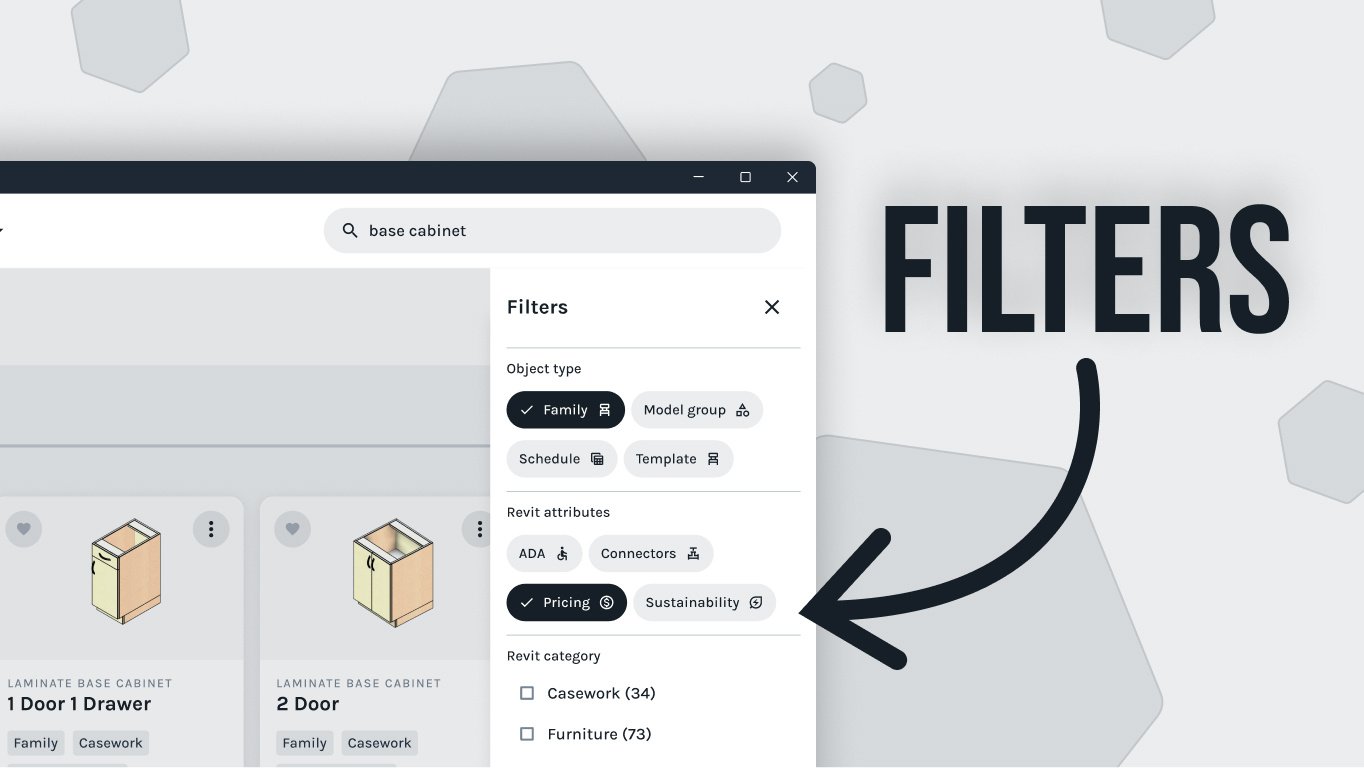Our BIM journey started over four years ago. We knew that we wanted to make better content. When we looked around, it didn't take long to see that most manufacturer families were at best dumb blocks, and at worst a threat to the well-being of your project.
We knew that we could do better, but in the beginning, there were more questions than answers.
How do you make BIM content that is useful for not just a studio of 5 people but 5000?
Small architecture firms have very different needs than large firms. Small firms usually don't have a dedicated BIM Manager. They also are more likely to need to get their Revit content from other sources. Large firms have dedicated BIM Managers and in-house content libraries. Large firms also tend to have strict standards that make adopting new content very difficult.
How do you make content that is flexible enough to work in design development but also detailed enough for construction documents?
Families need to be highly parametric to promote design. Dropping in static families during the design phase can limit your ability to make better design decisions. However, the more configurable the family, the more complicated it becomes to attach data like specifications or product codes.
How do you standardize products from hundreds of manufacturers across North America and make them work seamlessly together?
Standards — everyone agrees we need them, no one can decide what they should be. Revit has standards. Firms have standards. Projects have standards. It's a mess out there.
How do you develop something intended for experts, but simple enough that anyone can use?
We want to create content that is sophisticated enough that an expert can get the most out of it. At the same time, we want to make a family so easy to use that anyone could pick it up and start planning in Revit. For example, how do you make lab equipment that a non-scientist could properly plan?
We decided to prioritize design and data
We chose to be transparent. Even as the world is embracing big data, building product manufacturers continue keeping information close to the vest. We made 5D BIM the foundation of our content, and then we stacked on other valuable information such as shipping weights, lead times, sustainability information, warranty information, and more. It is not appropriate to include all of the data in the family, so we extended it by using URL links to PDFs.
We began grouping our families to create room segments, making it easy to quickly drop them in early in the design phase and get estimated budget pricing and accurate spatial conditions.
We created a sophisticated system of shared parameters with tooltips to ensure using our content is easy. We got rid of type catalogs and implemented a system of user input with data validation to allow the user to design instead of looking through spreadsheets.
We turned off the drip (Data Rich, Information Poor). Data is the gold rush of the 21st century, but it can quickly become a liability if you don't have a way to convert it to usable information. Instead of leaving the user to fend for themselves, we created specialized schedules and tags to harvest the relevant data.
This is where FETCH comes in.
The FETCH plugin allows you to quickly search and insert our content into your Revit projects. Each time a family is inserted, the content is synced with our internal database ensuring that you always have the most up to date, accurate information. You also have the option to manually sync the data at any time. If we upload a newer version of the family to the database, you are alerted in the project tab of the application. You can quickly update all out-of-date families with a single click.
You also have immediate access to all new content, so you can say goodbye to annoying newsletters or constant trips to the website.
This is just the beginning of our journey with FETCH. We look forward to being able to continue innovating to help you design and create faster and smarter.
Photo by Ashley Knedler on Unsplash




